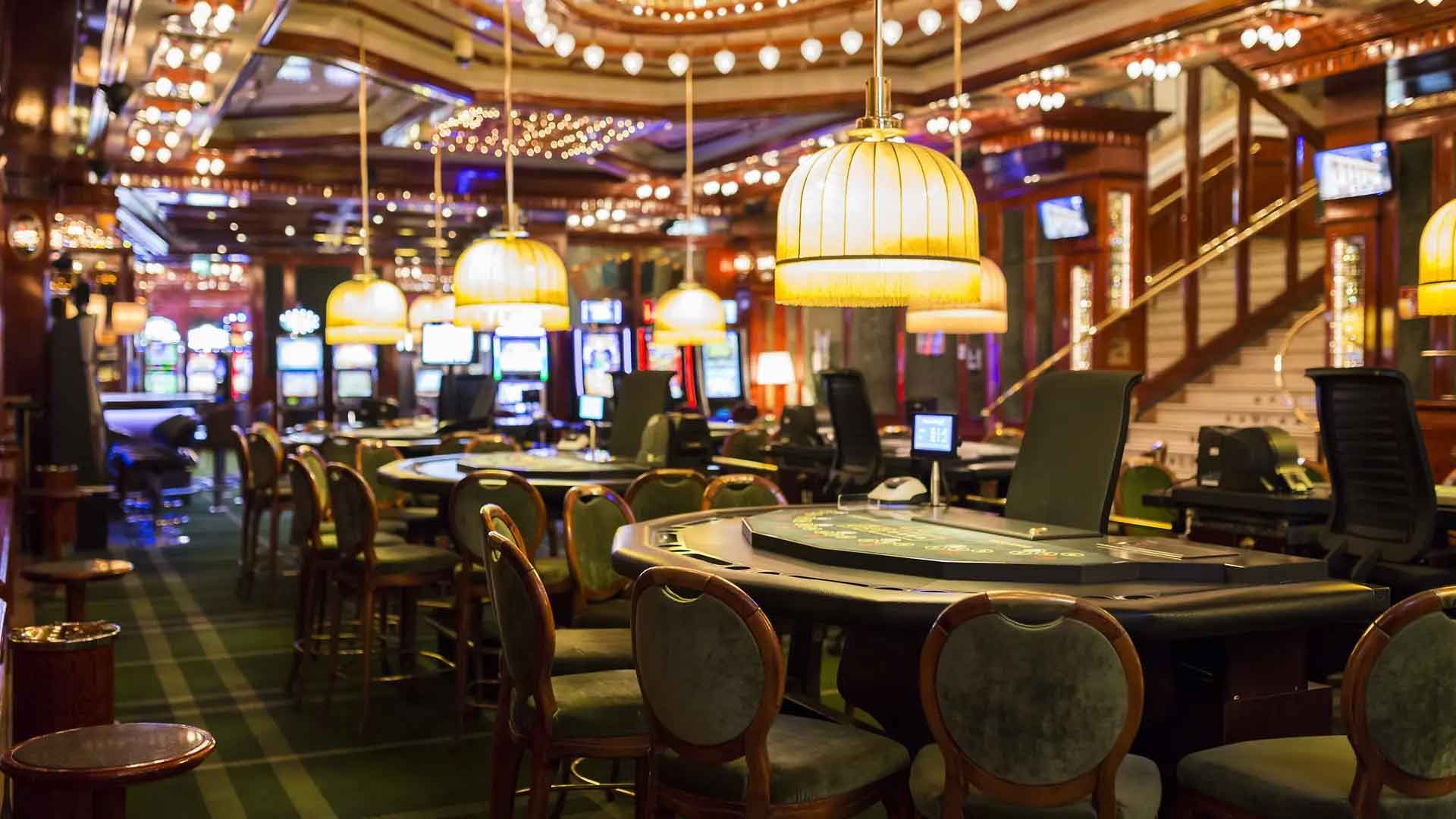Casinos and the Art of Silent Observation

Casinos and the Art of Silent Observation
The shimmering lights, the rhythmic clatter of chips, the hushed whispers of anticipation – casinos are sensory playgrounds. But beyond the glitz and glamour, lies a subtle art, a practice of profound importance: silent observation. This seemingly passive activity is, in reality, a powerful tool for understanding the intricate dynamics of the gaming floor, for predicting outcomes, and ultimately, for gaining an edge.
The allure of casinos is undeniable. They offer a chance to escape the mundane, to chase a dream of fortune, and to experience the thrill of risk and reward. However, for those who are serious about understanding the game, the true value lies not in the fleeting excitement of a win, but in the patient study of human behavior.
One of the primary reasons for cultivating the art of silent observation is to read your opponents. In games like poker, this is particularly crucial. Subtle cues, such as the way a player holds their cards, the speed with which they place a bet, or even the micro-expressions on their face, can provide valuable insights into the strength of their hand. A player who consistently looks at their chips before betting might be bluffing, while a player who is constantly fidgeting could be anxious and holding a strong hand. The ability to interpret these non-verbal signals, honed through observation, is a significant advantage.
Beyond poker, silent observation can be applied to other casino games. In blackjack, observing the dealer's habits, such as how they shuffle the cards or how they react to certain outcomes, can provide clues about the game's flow. Watching the reactions of other players to the dealer's actions can also be insightful. Are they surprised? Are they tense? These observations can help you to gauge the overall atmosphere of the table and make more informed decisions.
The act of observation is not merely about passively watching; it's an active process of analysis and deduction. It involves paying attention to details, recognizing patterns, and drawing inferences. It requires focusing not just on the game itself, but on the environment surrounding it. This includes everything from the layout of the casino floor to the behavior of the staff.
Consider the layout. Casinos are designed to maximize player time at the tables. High-traffic areas often have more popular games, and the placement of amenities, such as bars and restaurants, is strategically planned. Observing the flow of traffic and the behavior of people in these areas can reveal valuable information. Are certain games attracting more players? Are there specific times when the casino is particularly crowded? These observations can help you to choose the optimal time and place to play.
Similarly, observing the staff can also be beneficial. The way the dealers interact with the players, the way they handle the cards, and even the way they maintain their composure can all be informative. Observing the pit bosses, their decisions, and how they deal with issues is also part of the learning process. Understanding their routine and their role within the ecosystem is key.
Furthermore, the art of silent observation extends beyond the immediate confines of the casino floor. It involves studying the history of the games, understanding the mathematics behind them, and learning from the experiences of other players. This research, combined with keen observation, allows for a deeper understanding of the game and can significantly increase your chances of success.
It's also important to observe yourself. Maintain a detached perspective. Are you easily distracted? Are you susceptible to emotional swings? Are you playing recklessly? Honest self-assessment is an essential component of becoming a skilled observer. A gambler who truly understands the game knows how to handle stress, remains objective, and avoids the pitfalls of common human error.
Moreover, the art of silent observation also extends to understanding the house advantage. Every casino game is designed to give the house a statistical edge. Recognizing and acknowledging this fact is critical to managing your bankroll and making smart betting decisions. Observe the rules, payouts, and odds to identify where the house has the advantage, so you can make informed decisions.
In the vast and vibrant world of online casinos, the principles of observation remain relevant. While you can't directly observe the physical tells of other players in games such as online poker, attentive observation of betting patterns, reaction times, and chat messages can provide valuable insights. You also must be observant in regards to the security of the site and its reputation. Always ensure that the online platform has fair practices and safe protocols. If you're looking for a trusted online casino, consider checking out m m88 slot.
In conclusion, the casino floor is a laboratory of human behavior. Mastering the art of silent observation is a skill that can be developed through consistent practice and dedication. By paying attention to details, recognizing patterns, and analyzing the actions of others, you can gain a significant advantage in the game, and you will also develop a deeper appreciation for the fascinating world of casinos. It is not merely about luck, but about the profound understanding that comes from truly watching and truly learning.